Backsplashes are a great way to protect the wall behind a kitchen or bathroom counter from water damage. It comes in many styles. Thus, visual appeal is an additional benefit. But, should you cover the sidewalls with them? If is a concern, let's go over the details.
Adding a backsplash to the side walls depends on the location of the sink or stove. If it's close to the sidewall, adding a backsplash is necessary. When there isn't a risk of water splashing that way, adding a backsplash will make the wall look awkward. It will stick out while also serving no purpose.
To some, leaving the side walls without a backsplash might give them an empty feeling. Why does one wall get it while the others don't? If you must include it, there are some ways to achieve it. Keep reading ahead to find out more.
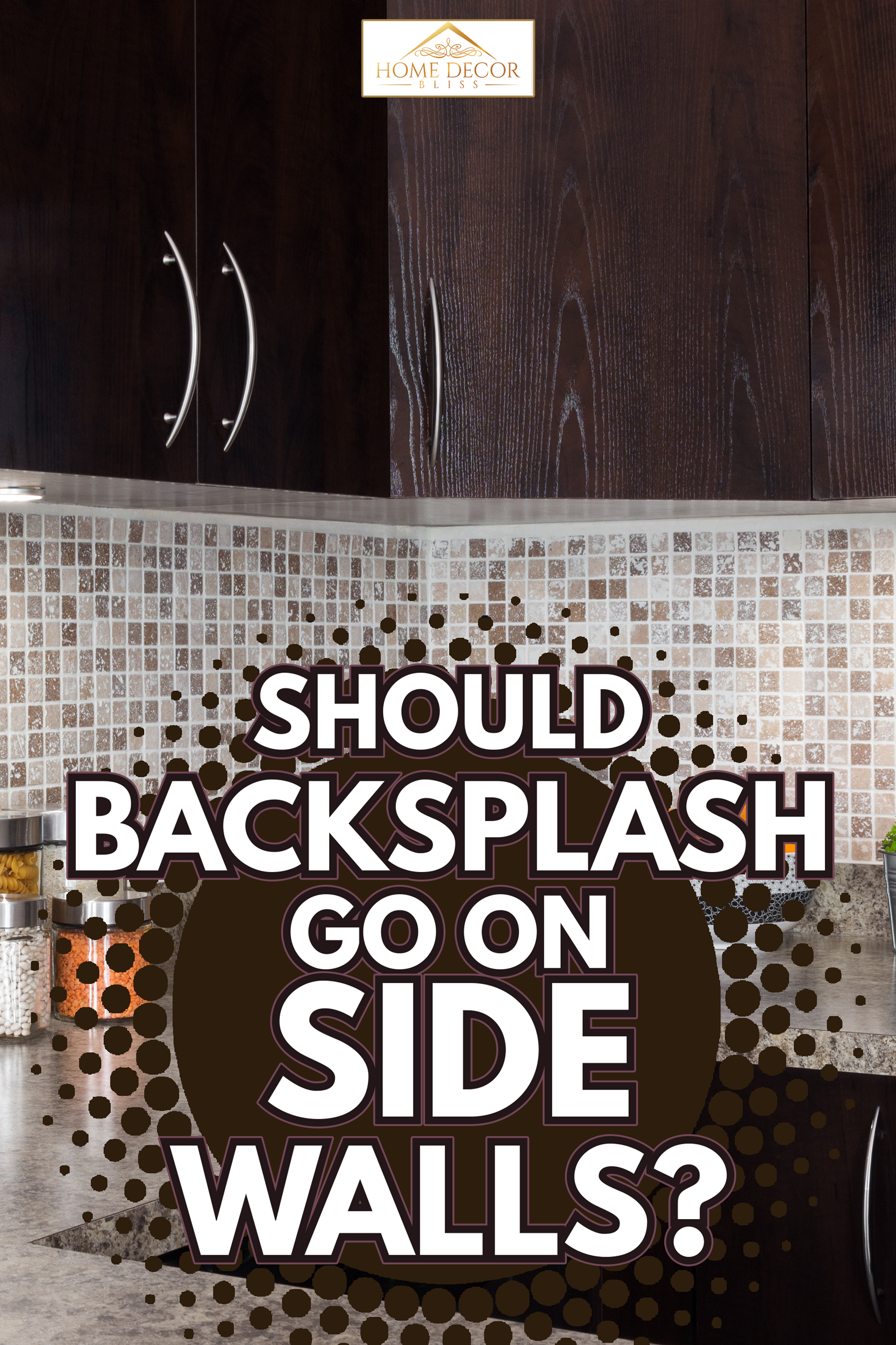
Where Do Backsplashes Make Sense?
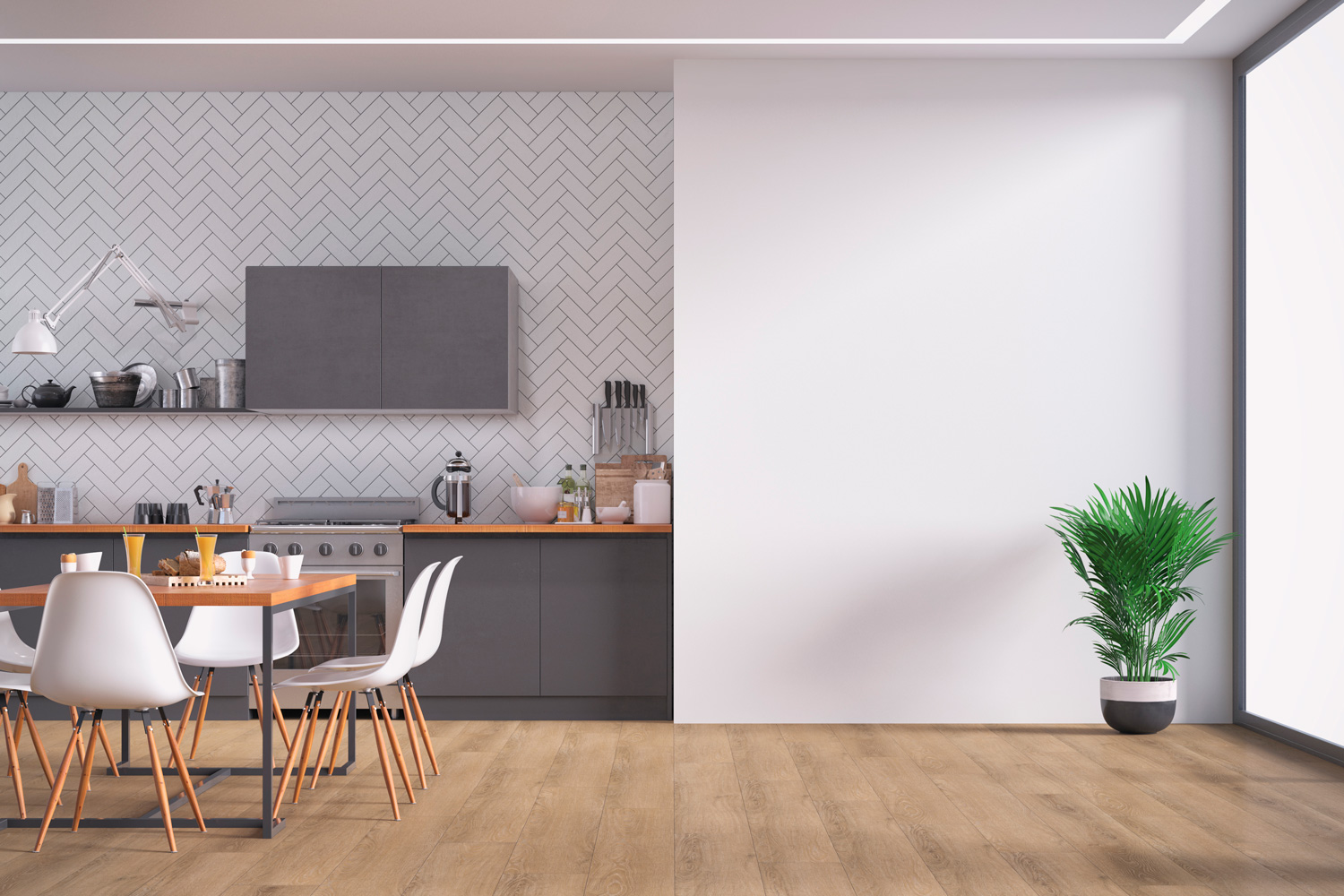
Backsplashes come in many designs that can boost the overall look of a kitchen or bathroom. Since it has many options, you might think they only serve an aesthetic purpose. However, they do more than simply look good.
Their primary purpose is to protect the walls behind the counters and sink. Many people install backsplashes to catch the debris and liquids that would otherwise end up on the wall. It's almost unavoidable to prevent that area from getting dirty.
However, dirt buildup isn't the only nuisance. Although splashes from liquids are easy to clean up, it's better to prevent frequent water contact. This way, minor water splashes don't turn into serious damage over time.
With this information in mind, you can guess that backsplashes make sense in areas where damage to the wall is a concern. Therefore, they should be near sinks or stoves. Walls that are not near this area won't need it.
Why Should You Avoid Installing Backsplash On Side Walls?
Now let's say you're already familiar with this information. But, you still want to install a backsplash to the side walls. Why should you avoid it?
We've already mentioned that they won't serve a purpose there. In addition to that, adding a backsplash to the sidewalls will only prove to be an eyesore. There isn't going to be a cabinet that will conceal the rest of the backsplash.
How Does Backsplash Look On the Sidewall?
A backsplash on the sidewall will stick out mid-air without having a place to stop. Let's go over an example.
We can see a backsplash on the side wall in the picture above. It's one of the better ways to install one. The backsplash they use isn't a bold color. At most, it does a decent job to work with the color of the walls and the cabinets.
Still, it's hard to ignore the edge of the backsplash. The corner is visible. In addition, the border seems to end abruptly. It doesn't end with the counter or the wall and it looks awkward.
You wouldn't need to look further than the wall next to it to see how adequately it conceals the rest of the backsplash. It's much neater and transitions well in comparison to the sidewall.
We may include affiliate links and curated AI content to highlight top design styles.

Here's another example of a backsplash on the sidewall. Again, you can see that it sticks out. If you don't mind having edges that stick out, you are free to install a backsplash there. Otherwise, the consensus is to avoid doing it.
When Can You Install Backsplash to the Side Walls?
Of course, rules are not always set in stone. There will be some situations where you can get away with it. Though, it's mostly going to work with the shorter backsplashes.
A backsplash that is two or four inches in height works the best when you want to use it on the sidewall. However, it will work well if you match it with your counter.
This way, it can look like an extension of the countertop. It's going to blend in. So, it will look more natural than a tall backsplash that ends in the middle of nowhere.
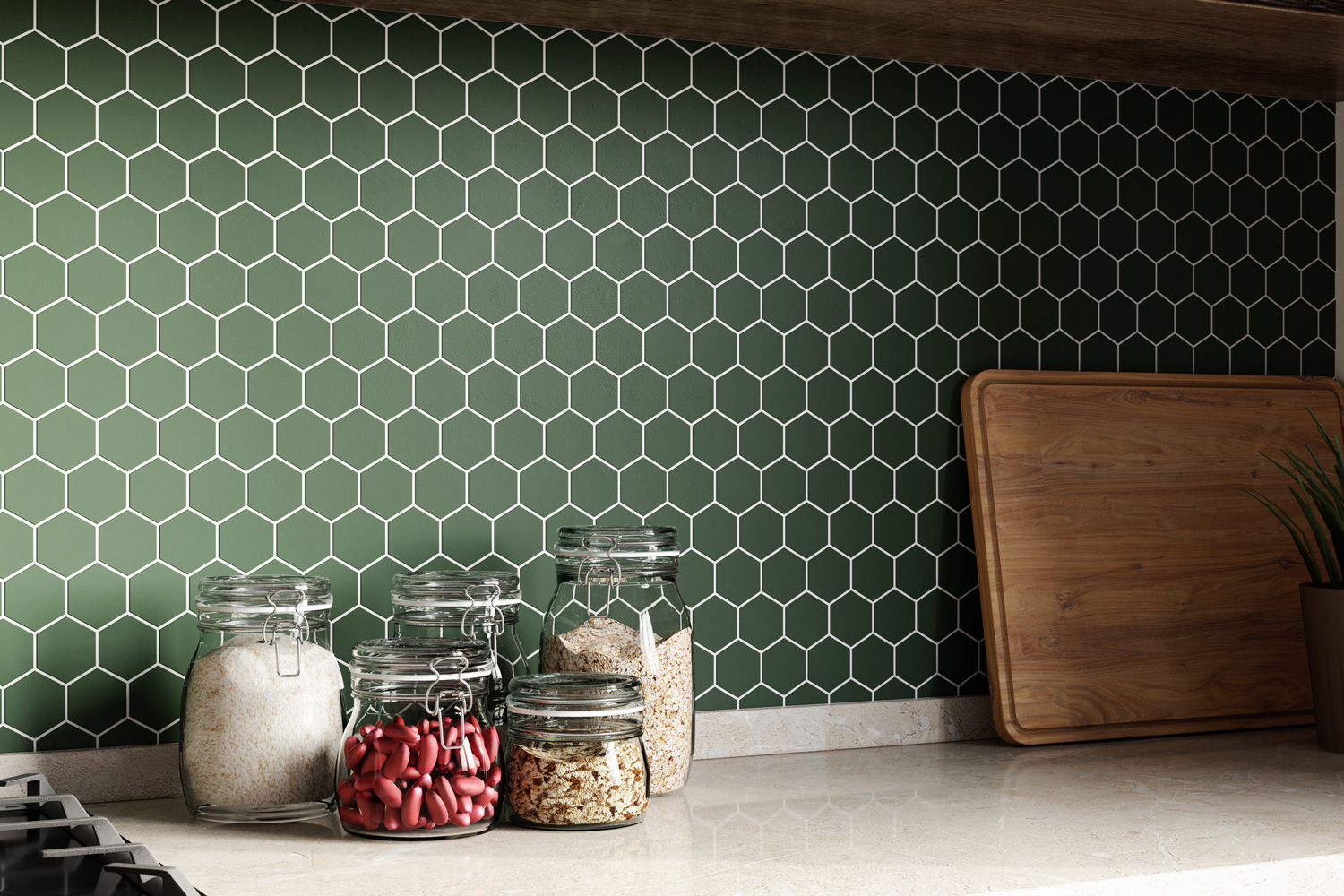
The picture above is an example showing how a two-inch backsplash would look. As you can see, it's less of an eyesore. And, since it matches the counter, it transitions and ends a lot smoother.
You can also try your luck with a six-inch backsplash. But, the taller you go, the more likely it becomes unpleasant to the eye. You can't always push your luck!
Are 4-inch Backsplashes Outdated?
If you follow kitchen trends, the mention of a four-inch backsplash might not sound like a good idea. Most homeowners seem to choose a full-tile backsplash nowadays. Does that mean the four-inch variation is going out of style?
It's safe to say that it isn't. While some may regard the full-tile backsplash as the better choice, the decisions will typically depend on your situation. The four-inch is a more traditional option. However, that doesn't mean you can't modernize it.
Modernizing the Look
You can modernize the look by pairing it with a high-end countertop. Countertops have a greater impact appearance-wise in the kitchen. So, if you go with a luxury countertop, you can pair it with a more modern four-inch backsplash.
This way, you don't limit yourself to the color or style of an outdated countertop. Another way to modernize the look is by using alternating heights. More specifically, you can install a full backsplash behind the stove.
For other areas, you can use the four-inch variation. It's a good solution if you can't fully commit to a full backsplash. This method is an excellent way to highlight features of the kitchen and create visual interest in other areas.
Why Should You Go With A 4-inch Backsplash?
When trends aren't your main concern, it can be tough to see why you would ever go for a four-inch backsplash. Fortunately, there are a few areas where this variation excels. The first would be the cost.
A four-inch backsplash isn't that tall. So, it costs less to manufacture and install. And, when it matches the countertop, it creates a clean look.
Thus, you won't have to drive yourself crazy trying to pick out a style. However, looks are subjective. What might look good to you might not look good for others.
If the backsplash and the countertop match, it could make some visitors think you ran out of material to complete the backsplash. It's up to you if that would affect your decision. In most cases, it looks pleasing to the eye.
Should Backsplash Be Darker or Lighter Than Countertop?

When installing a backsplash, one tough decision to make is the color. You wouldn't want to invest in something only for it to turn out badly. The shade of the backsplash will depend on what you want it to do.
Is it going to make a statement in the kitchen? Or do you want it to fade away in the background? It isn't going to be easy to choose.
If you need help deciding on a color, you'll have to do some research beforehand. In general, the backsplash should balance out the shades of other elements. So, if you have lighter-colored decor, you can consider using a darker backsplash.
It should be the opposite case if you use dark decor. In that situation, consider using a lighter backsplash. As you narrow your choices, make sure you get a second opinion.
This way, you'll know how others feel about the color balance. It can help you clear your mind, making the decision-making process easier.
What Backsplash Does Not Go Out of Style?
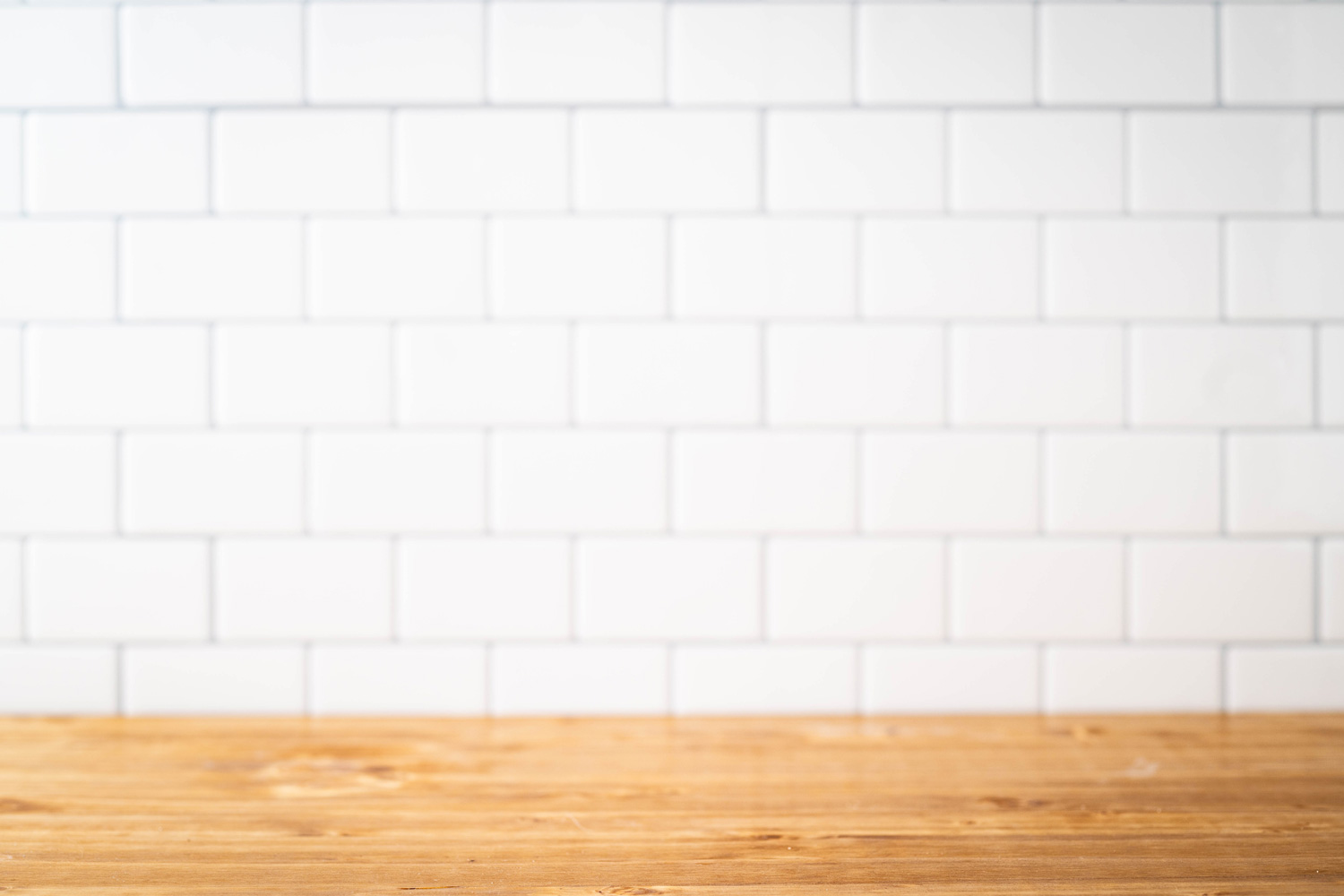
With many styles to choose from, it's almost impossible to make a choice that you won't regret down the line. If you're wondering if there's a backsplash style that has aged well, there is! Subway tile is a style that most homeowners will love.
Regarding color, you can't go wrong with white or any neutral tones. Keeping it simple is the safest way to ensure the backsplash doesn't come off sooner. At the least, you won't be disappointed with this option.
But, if you feel like it makes your kitchen look too ordinary, you can play around with it. There are many ways you can use subway tiles. You can change the orientation or size. Some would recommend stacking the tiles vertically.
If that's not enough for you, consider giving chevron pattern subway tiles a look. Playing it safe doesn't mean you'll have to settle on boring.
What Can You Use Instead of Backsplash?
After extensive research, you might find that there isn't an option that satisfies you. When that happens, you can always look at alternatives. If you want to keep exploring your options, here's what you can use instead of a backsplash:
- Paint
- Wallpaper
- Wainscoting or shiplap
- Brick
- Stone
- Metal
Design-wise, you're never out of options. The possibilities are endless. So, you don't have to feel like you're limited.
In Closing
Sometimes, leaving a few walls bare is better than covering them. As you can see with sidewalls, installing a backsplash isn't necessary. In most cases, it sticks out like a sore thumb. It's slightly better if you use the shorter variety. Still, it's best if you avoid it.
Before you go, do you have more backsplash concerns? Do you need more help deciding if it should be darker than the countertop? You can find out more here:
Should The Backsplash Be Darker Than The Countertop?
Do you need help finding where the backsplash should end? You can find out in our post:
Where Does A Backsplash End - At The Cabinets Or Countertops?

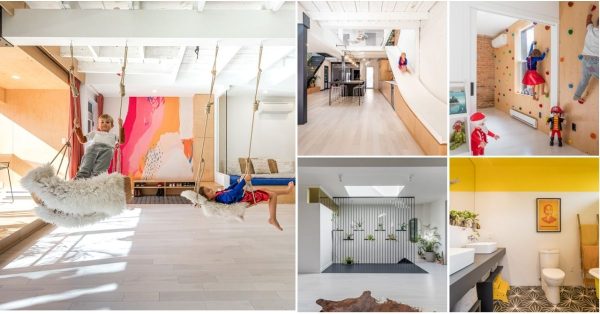
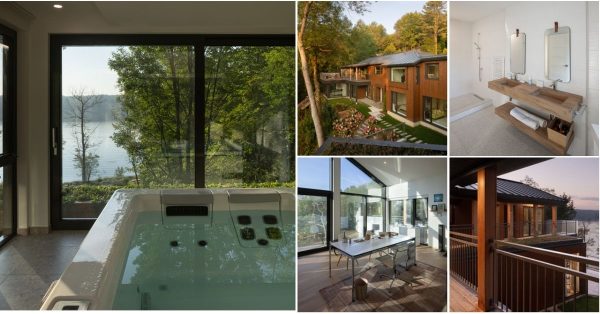

Porcleian paver installation is dry land over grass. We make a way to perform porcelain pavers installation, often recommended for area with heavy traffic use. It is built on over concrete. It require a bit perfect planning and design to execute in your garden area.